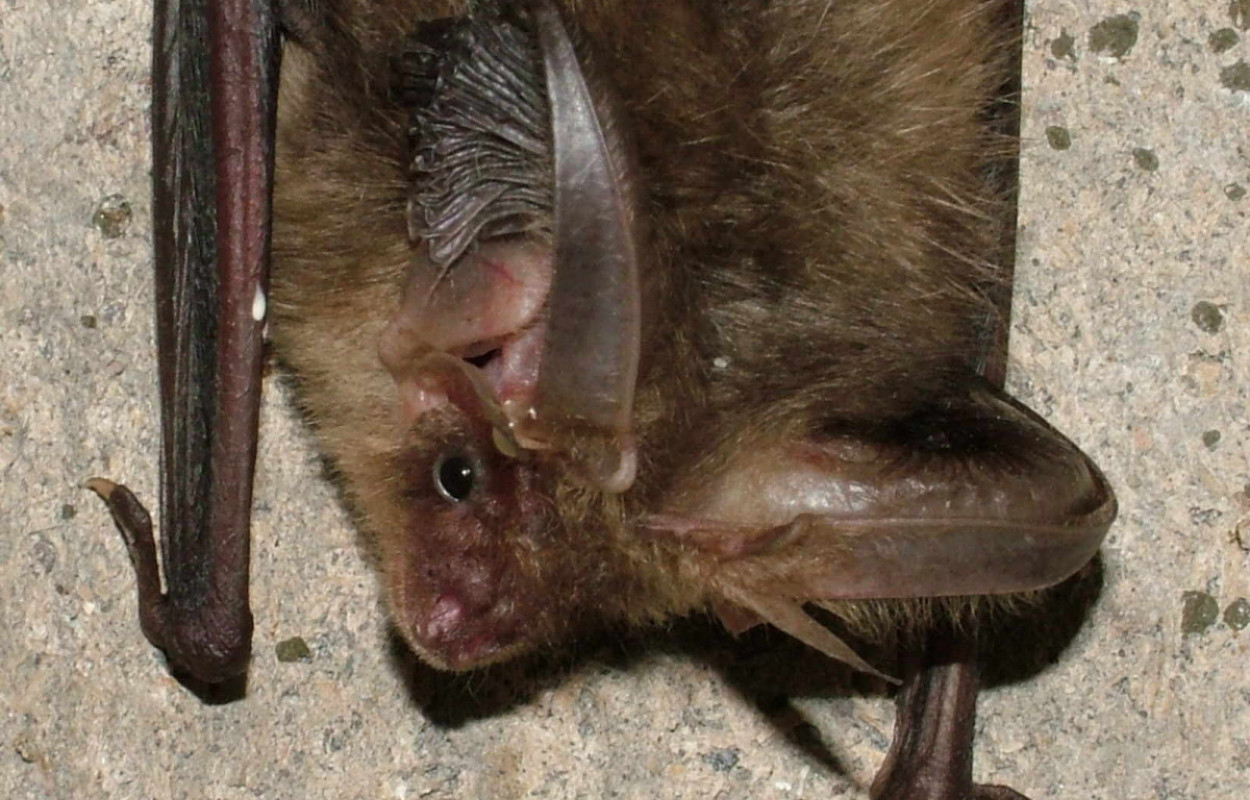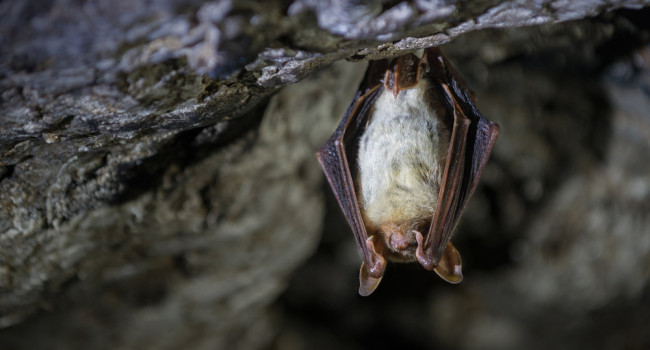Can citizen science provide a solution for bat-friendly planning?

Author(s): Border, J.A., Gillings, S., Reynolds, T., Neeve, G. & Newson, S.E.
Published: March 2022
Journal: Landscape & Urban Planning Volume: 223
Digital Identifier No. (DOI): 10.1016/j.landurbplan.2022.104402
Abstract
Urban expansion is a severe threat to biodiversity. In the UK, bats are protected meaning new developments need to be surveyed, potential impacts assessed, and appropriate mitigation action taken. However, efforts to minimise effects of urbanisation on bats are hampered by a lack of data for many species making it difficult to implement effective conservation measures. Here we explore whether citizen science data on bat activity via a passive acoustic network can be used to produce maps of high risk areas to bats from urbanisation and areas with the best opportunities for habitat mitigation. We combine the passive acoustic dataset with fine-scale habitat data and use models to quantify the effect of increasing urban areas or increasing suitable habitat (woodland, wetland, or grass heathland). Passive acoustic detection can provide a high volume of data and large area of coverage, which is vital to the success of this modelling approach, but the data quality is dependent on accurate species classification. Therefore, we also assess the effect of identification uncertainty on the accuracy of the risk and opportunity maps. We found agreement between results accounting for species uncertainty and those that did not was high, although approximately 15% of high-risk areas would have been missed, and about 23% of habitat creation opportunities falsely prioritised. This modelling and mapping approach has great potential for use in the planning process to reduce impacts on the most important habitat features in the landscape and enable targeted habitat creation.
Bats generally respond negatively to urbanisation, so understanding the impacts of planned developments on bat populations is of great importance. UK bat populations receive protection under national and European law, and sites at which new developments are planned need to be surveyed for bats and the potential impacts assessed. If planning permission is granted, mitigation measures must be taken to provide for the loss of roost sites and foraging habitat.
There is a lack of data on the distribution and activity of many UK bat species. This limits the opportunity to account for these species early in the planning process, and to implement effective mitigation measures. A particular problem is that traditional survey methods, such as roost counts and capture surveys, cannot be scaled up to a countryside level. An additional approach, documented in this paper, indicates that data collected through the use of citizen science could address this, delivering information earlier in the planning process and which better informs decisions on where to target mitigation measures.
The Norfolk Bat Survey has been collecting information on bats within the county since 2013, using a network of passive acoustic detectors deployed across 6,145 sampling locations by volunteers. The resulting sound files are then analysed using an acoustic classifier, which compares these recordings against an extensive library of known species recordings, to assign a species identification and associated confidence score. The species identification of a random sample of the recordings is also assessed manually which provides an additional independent assessment of error in species identification, which is used with the confidence score to allow a more robust identification certainty value to be assigned to each recording in the whole dataset.
BTO researchers were able to use this amazing dataset to quantify the potential effects of future urbanisation within Norfolk, producing maps showing high and low risk areas to bats from urbanisation, together with other areas that offered the best opportunities for habitat mitigation. The latter ‘opportunity maps’ were focused on woodland, wetland and grass/heathland habitats because these are already being used by Norfolk County Council as a set of strategic Green Infrastructure corridors, for targeting delivery of work and for helping to mitigate the impacts of development on sensitive sites.
Additionally, the researchers were able to use the identification certainty assigned to each recording to evaluate the effect of uncertainty in species identification on the risk and opportunity maps. They found that after calls with an identification certainty value below 50% were removed, identification uncertainty made only a small difference to the final risk and opportunity maps. This is important, because it means that robust risk and opportunity maps can be produced, whilst also minimising the work needed to manually assess species identifications.
The value of the urban risk maps delivered through the work is highlighted by its application to existing planned housing development within Norfolk, revealing that while two thirds of the planned developments fall within low risk areas, the remainder fall in medium and high risk areas. Both the risk maps and the opportunity maps have particular value for guiding decision-making at the early stages of the planning process, and should be viewed as complementary to the detailed bat surveys carried out during later stages of the planning process. Importantly, the work demonstrates the value of this approach and its potential with regard to other taxa. It is of particular relevance to passive acoustic data, where there is uncertainty in species identification. The approach is only possible because of the use of volunteer ‘citizen scientists’ who deploy the detectors.
Notes
We are grateful to everyone who has taken part, hosted equipment or helped in other ways to make the project so successful. These analyses were funded by Natural England, as a pilot to look at ways of reforming licensing and planning for bats. We are particularly grateful to Rob Cameron at Natural England for commissioning this work, and his valuable input throughout. We are also grateful to Stephen Rudd, Matt Zeale, Jean Matthews, Katherine Boughey and Ben Payne for their comments on an earlier draft of the paper, and to valuable discussion at meetings of Natural England’s Bat Expert Panel. Thanks also to Sam Neal from Norfolk County Council for providing us with data on Norfolk’s Green Infrastructure corridors for use in these analyses. Thanks to the two anonymous reviewers and the editor for helpful comments and advice.









Share this page